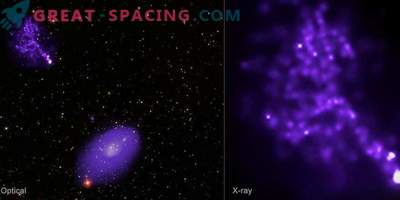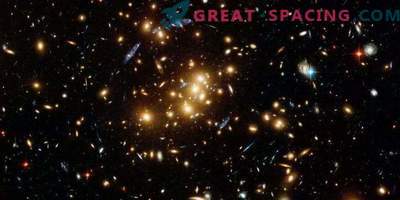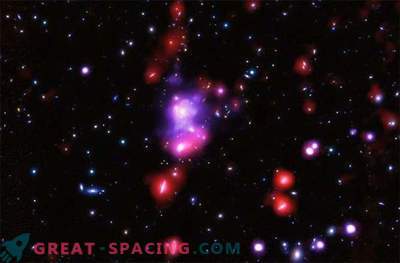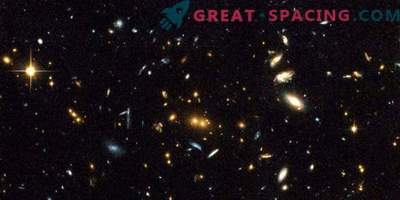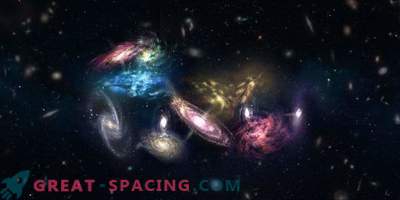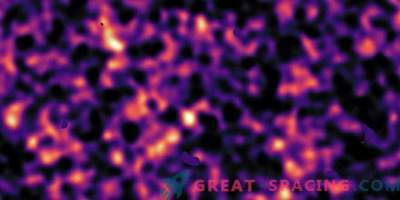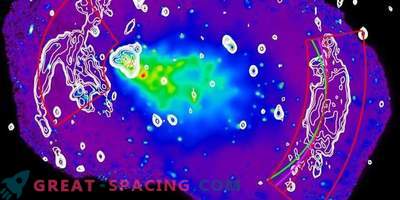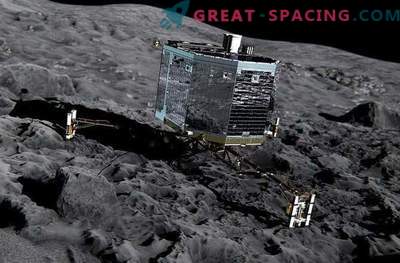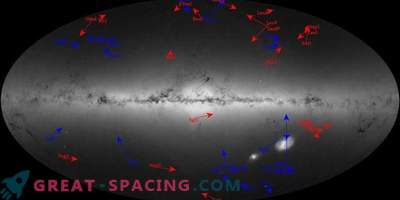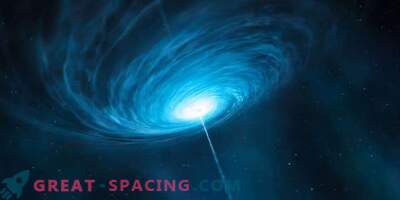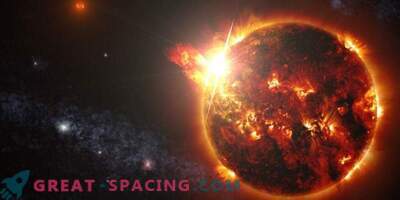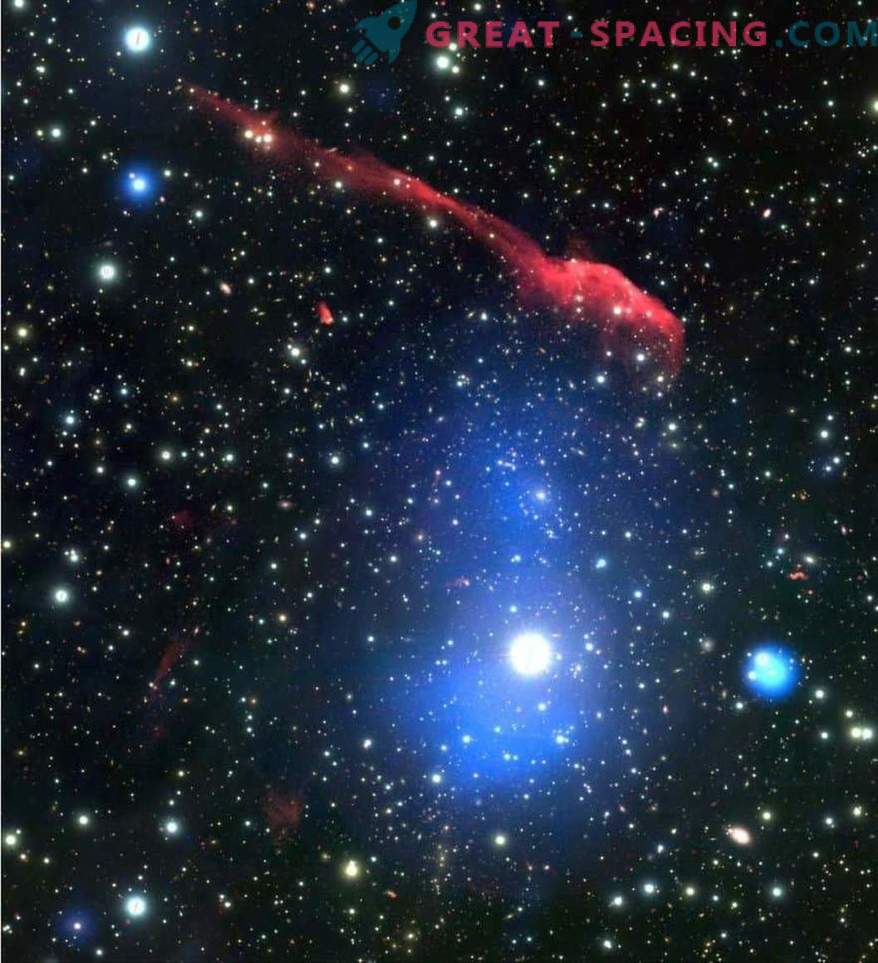
Multi-wavelength image of the galactic cluster 1RXS J0603.3 + 4214 (Toothbrush). Intensity in red is radio emission, blue is X-rays, and background is optical emission. New radio observations in combination with other wavelengths made it possible to confirm the galaxy merger scenario and calculate the magnetic field strength in shock waves.
Most of the galaxies live in clusters containing from several to thousands of objects. For example, the Milky Way lives in a cluster of 50 members (Local Group), among which, at a distance of 2.3 million light years, lies the Andromeda galaxy.
Clusters are considered the most massive universe objects bound by gravity. In the process of growth, dark matter plays an important role. But there are also some physical processes, including the behavior of gas inside the cluster. It contains large masses, and the gas is heated by 10 million K and above. As a result, gas affects the evolution of the cluster. It accommodates rapidly moving charged particles, manifesting themselves on radio waves. They exhibit long filamentary structures. The toothbrush (1RXS J0603.3 + 4214) includes three of these radio structures, as well as a large-scale halo. The most well-known radio-shaping covers more than 6 million light years with three components (together they resemble a toothbrush in shape). The handle seems to be the most mysterious because it is long, straight and is outside the center of the cluster. Most likely, the formation of a halo was influenced by the turbulence caused by the galactic fusion.
The researchers used the Very Large Array and compared the image from the Chandra X-ray Observatory. The crest looks extremely narrow and is created by a powerful blow, caused by the merging of 32 previously undiscovered compact sources.
